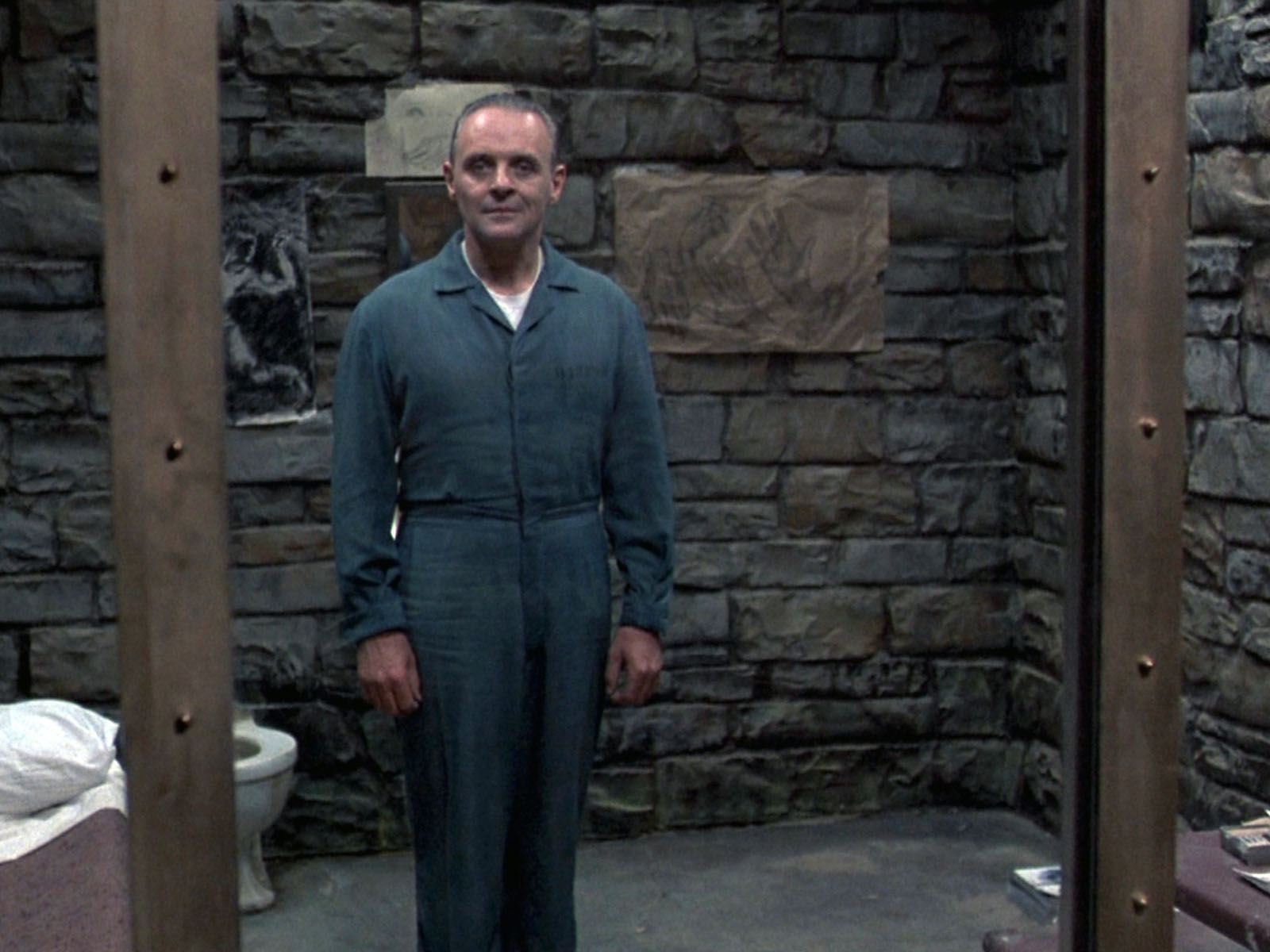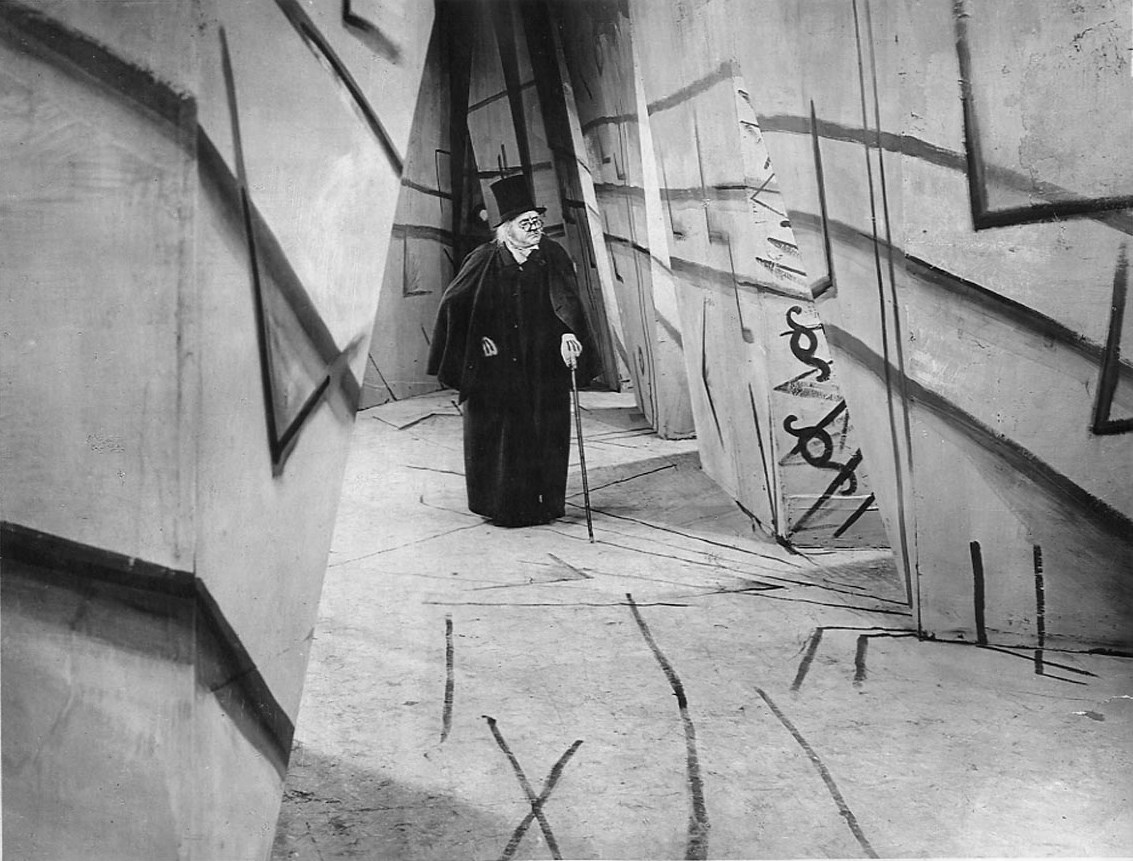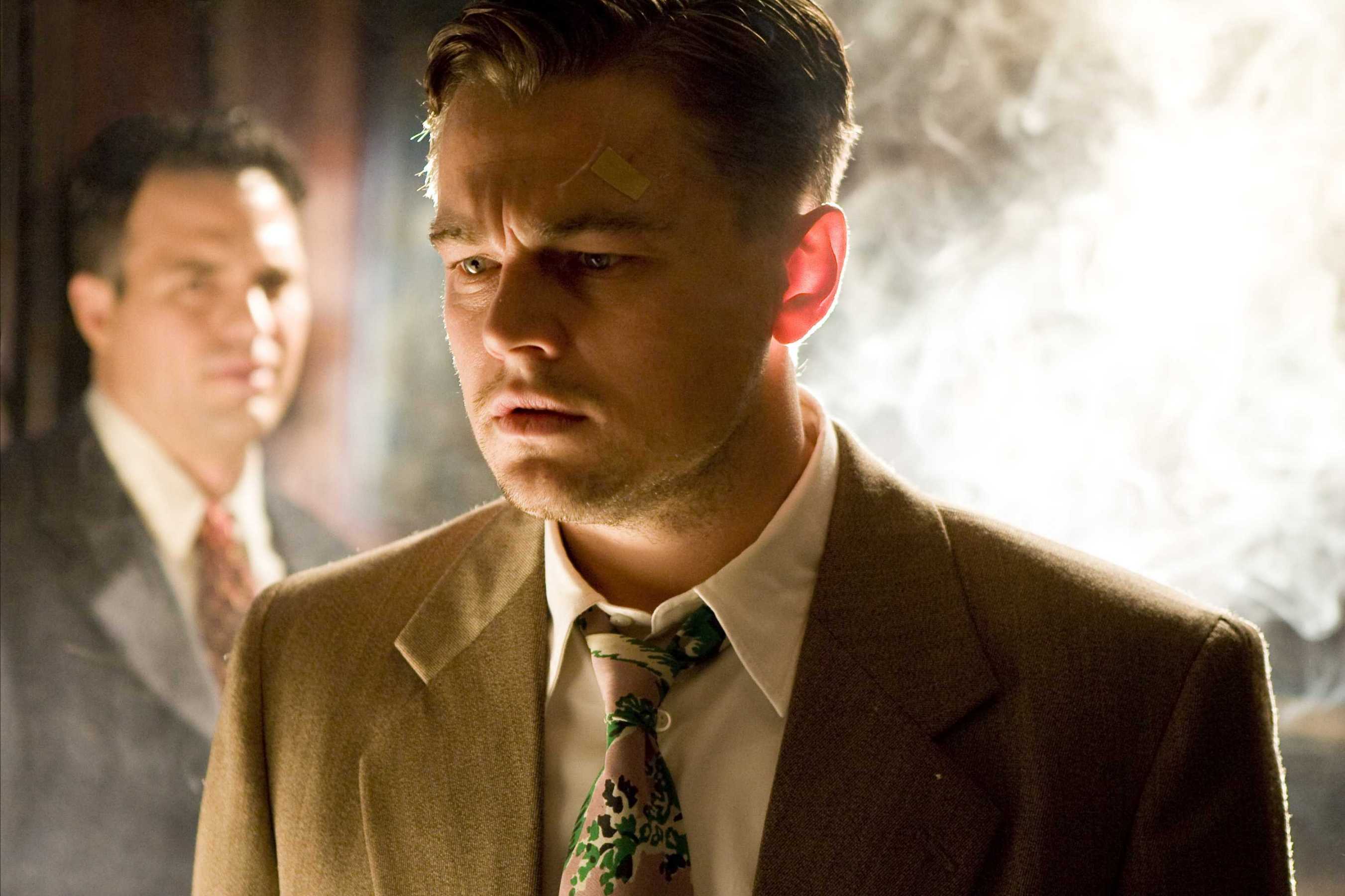Asylums are psychiatric institutions intended for the purpose of incarcerating the mentally ill. This is a practice that goes back to the 1810s and the establishment of the first such institutions in England.
The asylum has a long association with horror tradition. This is mostly rooted in notions dating from the 19th Century of asylums as being places of barbaric treatment for those confined. Many films conjure lurid images of inhumane medical practices, fear of losing one’s sanity and/or confinement with deranged killers who are frequently wont to escape.
Of course, this is a movie version of psychiatry that chooses to focus on treatments that have not been in practice since the early or at least mid parts of the 20th Century. Modern psychiatry tends to be more pharmaceutically driven and focus on community integration rather than incarceration and confinement. The 1980s onwards have seen the closure of many real-life facilities due to funding cuts.
See also: Psychiatry dealing with the screen depiction psychiatric practice, Films About Disturbed Psychology dealing with the depiction of disturbed mental states, and Films About Sinister Psychiatrists concerning malevolent members of the psychiatric profession.
Asylum Horrors
Most of the asylums in this theme take place in the horror genre. Here asylums are depicted as places of barbaric practice. Plots frequently concern sane individuals incarcerated against their will (or sometimes voluntarily going undercover) and surrounded by the severely disturbed and where they are forced to undergo brutal treatment methods. Such depictions can be seen beginning with the classic Val Lewton film Bedlam (1946) and other works like Suddenly Last Summer (1959), The Spectre of Edgar Allan Poe (1974), Wanda the Wicked Warden/Ilsa: Absolute Power (1977), The Fifth Floor (1978), Killers 2: The Beast (2002), Gothika (2003), Insanitarium (2008), Bedlam (2015), The Institute (2017) and Unsane (2018), as well as an entire season of the tv series American Horror Story: Asylum (2012-3) and the opening scenes of Return to Oz (1985).
Probably the most famous work about the horrors of psychiatric institutionalism is not even a horror film but is the one in One Flew Over the Cuckoo’s Nest (1975) and less well-known, the earlier Shock Corridor (1963) about a journalist who goes undercover posing as a patient at an asylum. One real-life example was the incarceration of the Marquis de Sade in the Charenton Asylum as depicted on screen in Quills (2000).
One asylum to imprint itself in the public consciousness was the unnamed one in which Hannibal Lecter is imprisoned in The Silence of the Lambs (1991), which patented the cliche borrowed by other films of the heroine (usually) having to venture into the bowels of a dark, threatening institution to engage in a series of psychological games with the killer.
There was also the Seward Asylum that appears in various adaptations of Bram Stoker’s Dracula (1897) – in Dracula (1931), Dracula (1979) and in particular Bram Stoker’s Dracula (1992). This is not a majorly significant portrayal, more a background location and is mostly noted as the residence of Renfield.
Both the stark and powerful The Incident/Asylum Blackout (2011) and the cheap Death House (2017) concern a group of regular workers trapped inside an asylum for the criminally insane as the power goes off and the inmates are freed. Spithood (2024) features a single maniac on the loose in an asylum.

A Nightmare on Elm Street III: The Dream Warriors (1987) has Freddy Krueger pursuing teens who have been placed in an asylum, while in Freddy vs Jason (2003) all the earlier survivors have been incarcerated.
The Edgar Allan Poe short story The System of Dr Tarr and Professor Fether (1845) concerns a visitor to an asylum who finds that the lunatics have taken over and are posing as the doctors. This has been filmed several times – the lost silent short Lunatics in Power (1909), as the silent The Lunatics (1913), as an episode of the German Poe anthology Tales of the Uncanny (1931), the Mexican The Mansion of Madness (1973), Claude Chabrol’s French tv adaptation The System of Dr Goudron and Professor Fether (1981) and most notably as Jan Svankmajer’s Lunacy (2005) and Brad Andersons’s Eliza Graves/Stonehearst Asylum (2014). The basic idea has been uncreditedly used in films like Don’t Look in the Basement (1973), Silent Night, Bloody Night (1974) and Committed (1991). A variant on this was the Star Trek episode Whom Gods Destroy (1969) where the director of an asylum planet has been replaced by an inmate who is an alien shapeshifter who plans to impersonate Captain Kirk.
A frequent theme is of escaped inmates – a most notable example would be The Cat and the Canary (1927) – although rarely are the asylums they come from ever depicted. The classic film here is Halloween (1978), even if the asylum where Michael Myers was incarcerated was not depicted until the remake Halloween (2007). The escaped maniacs plot was parodied in Alone in the Dark (1982).
There are frequent plots of someone released from asylums who slips back into their old ways or else encounters supernatural/fantastical happenings and cannot be sure if they are relapsing. These plot devices are numerous and there is little point in recounting them. Moreover, they are concerned with asylum inmates as opposed to the institution, which we are discussing here.
Asylums are also places where psychiatrists can be found engaged in unorthodox experiments. The Star Trek episode Dagger of the Mind (1966) is set at an intergalactic institution for the criminally insane and concerns a doctor who is conducting experiments with a device that blanks people’s memories. Hysteria (1997) features a scientist creating a shared mind, Seventy-Nine (2013) features a scientist engaged in illicit brainwashing experiments. In The Jacket (2005), psychiatrist Kris Kristofferson conducts illicit time travel experiments by locking Adrien Brody in a straitjacket in a morgue drawer.
Both The Dead Pit (1989) and Insanitarium feature doctors creating zombies in asylums. Asylum of Satan (1972) features patients being used as sacrifices in Satanic rituals, Asylum of the Damned (2003) features a psychiatrist feeding patients’ souls to a demon, Madhouse (2004) features Lance Henriksen having created a parade of freaks in the basement, while Hellriser (2017) features a mad scientist trying to open the gates of Hell in an abandoned asylum.
Asylum Inmates
The German Expressionist classic The Cabinet of Dr Caligari (1919) is set in a surreal world of distorted sets before a twist ending reveals that this was a delusion being had by a man who is a patient in an asylum and that the sinister hypnotist is his doctor. Variations on this twist appear in A Page of Madness (1926), Identity (2003), The 4th Dimension (2006), Shutter Island (2010) and The Ward (2010).
The most famous asylum in genre fiction is Arkham Asylum of the Batman mythos, the housing place for all the assorted freaks and crazies that Batman takes on. This has made sporadic appearances on film – most substantially in Batman: Assault on Arkham (2014) and the tv series Gotham (2014-9).
Some films feature people of unusual ability incarcerated either knowingly or mistakenly – a man with psychic powers in The Sender (1982); a man who claims to be an alien visitor in Man Facing Southeast (1986) and K-Pax (2001); the demonically possessed in The Exorcist III (1990); a man who claims to be The Devil in Mister Frost (1990); a werewolf in Ginger Snaps: Unleashed (2004); a woman who may have psychic powers in The Dark Red (2018); asylums for superheroes in Glass (2019) and The New Mutants (2020); and a mermaid whose tail has been cut off in Mermaid Down (2019). In Fritz Lang’s The Testament of Dr Mabuse (1933) and its remake The Testament of Dr Mabuse (1962), the title criminal mastermind is incarcerated in a cell in an asylum but uses powers of mental telepathy to control the mind of the asylum’s director and get him to continue his crime spree.

In science-fictional variants, there was Final (2001) in which a man from the past is cryogenically awoken in an asylum in the future; Alien Abduction (2005) set a hospital for returned alien abductees before a twist reveals this is not the case; and Shadow Puppets (2007) where people awake in an asylum with their memories erased. Dante 01 (2008) takes place in an asylum set aboard a space station and features an inmate with miracle-healing abilities.
The Hammer film Frankenstein and the Monster from Hell (1974) has Peter Cushing’s Dr Frankenstein continuing his experiments after having been incarcerated in an asylum. Both Brain Dead (1990) and La Machine (1994) feature psychiatrists whose minds are swapped into the bodies of incarcerated patients.
The strangest of these was surely the South Korean film I’m a Cyborg, But That’s Ok (2006), a peculiar romance set at an asylum in which a girl believes she is a cyborg.
The works of H.P. Lovecraft usually featured people committed to asylums because of the horrors they have witnessed. Such inmates can be found in Lovecraft adaptations like From Beyond (1986) or Lovecraft-influenced works such as Equinox (1970), In the Mouth of Madness (1995), Howard Lovecraft and the Frozen Kingdom (2016) and Howard Lovecraft and the Undersea Kingdom (2017). Similar endings where a person who witnessed horrors is locked up appear in other works such as Pale Blood (1990) and They (2002). The tv series Fringe (2008-13) features the regular character of Dr Walter Bishop who had himself placed in an asylum with sections of his brain removed to deal with this.

One of the more original treatments was the Amicus anthology Asylum (1972) in which a prospective new doctor at an asylum is asked as part of his job interview to talk to the inmates and determine which of then is the previous head doctor, each of which proceeds to tell a horror story as he speaks to them. A similar narrative framing device is used in the anthology Tales That Witness Madness (1973) and Sanitarium (2013).
The framing device where a story is narrated by someone who has been incarcerated appears in other films like A Tale of Two Sisters (2003), Jennifer’s Body (2009) and The Turn of the Screw (2009). The Shout (1978) reveals itself as a tall tale being told by an inmate.
Abandoned Asylums
A common theme in recent years, especially with the real world closure of psychiatric institutions, is of abandoned asylums featuring disturbed figures lurking or else as haunted by past atrocities.
There are a number of films that feature people hunted through or imprisoned in abandoned asylums by maniacs and killers with Psycho Girls (1986), Doom Asylum (1988), Killer Instinct (2000), Dark Asylum (2001), Session 9 (2001), Psycho Ward (2007), Skeleton Crew (2009), Night of the Dolls (2014), The Blackburn Asylum (2015), Silent Retreat (2016), Cain Hill (2017) and Fright Fest (2018).
Haunted abandoned or former asylums feature in the likes of Asylum of Terror (1998), House on Haunted Hill (1999), Hell Asylum (2002), The Devil’s Chair (2006), The 3rd Floor (2007), Asylum (2008), Don’t Look in the Cellar (2008), Mirrors (2008), Room 33 (2009), The Sanatorium (2010), Grave Encounters (2011), Paranormal Incident (2011), Greystone Park (2012), The Amityville Asylum (2013), Asylum: The Lost Footage (2013), House of Dust (2013), Paranormal Asylum (2013), Sanatorium (2013), Housebound (2014), Backmask/Exeter (2015), Asylum of Fear (2018), Gonjiam: Haunted Asylum (2018), Night Explorers: The Asylum (2023) and Devon (2024), even an entire tv series Bedlam (2011-3) set in a block of haunted apartments built on the grounds of a former asylum. Several of these are Found Footage films about the investigation of haunted abandoned asylums.
The Emeryville Experiments (2016) has a group arrive in a strange small town only to find it is inhabited by former asylum inmates. Even stranger was the Bollywood film Joker (2012) where former asylum inmates create their own country and fabricate the appearance of UFOs.
The Danish black comedy Men & Chicken (2015) concerns brothers finding the father’s abandoned asylum and the leftovers from human-animal hybrid experiments conducted there. The leftovers from abominable experiments conducted in an asylum still remain in The Lurking Fear (2023).
Other
Quite in a category of their own are William Peter Blatty’s asylum-set black comedy The Ninth Configuration (1979); Rats (2003) about an asylum overrun by intelligent rats; and Zack Snyder’s bizarre fantasy Sucker Punch (2011) where girl inmates dream of themselves in alternate reality scenarios as a means of escape.
There were also Cat Swallows Parakeet and Speaks (1996) and Asylum Seekers (2009), two surrealist works set in asylums.
Recommendations
- The Cabinet of Dr Caligari (1919)
- Bedlam (1946)
- Asylum (1972)
- The Sender (1982)
- Man Facing Southeast (1986)
- Mister Frost (1990)
- Session 9 (2001)
- Shutter Island (2010)
- The Incident/Asylum Blackout (2011)
A full list of titles can be found here Asylums

